The best way to concealed carry a Glock 17
Choosing to concealed carry means you need to find the perfect balance between firepower, ammunition, and size. This is more a question of personal preferences than it is about which is the “best” weapon. That being said, not everyone wants to carry a pistol. Whether you want the feeling of security that comes from a heavier weapon or you feel more confident with a larger caliber, there are many reasons for wanting to carry a full-size gun.
Having been designed for professionals, the Glock 17 boasts unsurpassed reliability, above average magazine capacity of 17 rounds, and a lighter weight. It also has a radically smaller number of component parts that are interchangeable. The sheer popularity of Glock means you have easy accessibility of all the parts you need. There’s also a wide variety of customizable parts and accessories available. This makes it an excellent choice if you prefer a bigger conceal carry weapon.
However, this comes with a different set of challenges that you face when you carry a subcompact or compact handgun. Fortunately, there are a diverse number of ways you can carry concealed. While no CCW position is truly perfect, here are the pros and cons of each, including how to carry a Glock 17.
Pocket Carry
Pocket carry is the most popular way to carry smaller handguns like .380 semi autos or .38 snub nosed revolvers. In fact, this CCW position is so prominent, that most gun manufacturers make pocket pistols. It’s a very discreet method of carry and is great for those who keep their shirts tucked in.
While it’s great for a quick run to the store if you want to avoid the hassle of attaching a gun and holster to your belt, there are some downsides. You can only access your weapon with your dominant hand and it only works for very small handguns, so it’s not exactly workable for the Glock 17. It may also shift around as you move, making the draw more complicated and increasing the chance of printing.
Pros: Discreet, great choice for a backup weapon, easiest way to carry, flexible positioning.
Cons: Only suitable for small guns, can only access with dominant hand, concealment can vary, gun may shift.
Shoulder Holster
This is usually a great alternative to a waistband holster, granted you’re wearing a jacket. It gives you easy access to your weapon and positions it mostly out of the way as you go about your day. It’s also great to carry two spare magazines or speed loaders to balance the weight of the handgun.
However, it’s not for everyone. Because it requires a jacket or coat to stay concealed, it’s only a suitable choice in fall or winter. But then the barrel could poke the back of your jacket or the grip may print out the front. Additionally, if you’re not used to drawing from under your arm, you may fumble or have a hard time if you need to pull your gun under pressure.
Pros: Easy to draw while sitting, decent concealment, can carry spare magazines or speed loaders.
Cons: Need a jacket/coat, weight of holster can get uncomfortable, easy to accidentally expose.
Ankle Holster
Kept in a holster wrapped around your lower calf above the ankle, this is a great choice for those who don’t wear a jacket and have to keep their shirt tucked in. However, it’s only really recommended for backup guns and not for primary weapons.
It is noticeably uncomfortable and practically impossible to carry a larger firearm like a Glock 17. It’s also awkward to reach and you’ll have to kneel down, pull up your pant leg, and unsnap the holster if you want to draw. For these reasons, it’s probably better for your backup weapon.
Pros: Easy to draw while sitting, excellent concealment for small framed guns.
Cons: Awkward to reach, slow draw, holster can come loose while running, uncomfortable.
Behind the Back - Outside the Waistband (OWB)
Arguably one of the most comfortable CCW positions, this is quite popular among concealed carry enthusiasts. It’s also incredibly fast to draw your weapon, but only with your dominant hand. While OWB is generally better for full size handguns, it’s also one of the more obvious locations to carry a gun, so it’s likely one of the first places to be checked.
You will be more comfortable, but it generally also requires a light jacket or coat to prevent printing. This is certainly an option if you want to conceal carry a Glock 17, but it’s still not the best CCW position for your Glock.
Pros: Quick and easy to draw, comfortable to carry, allows you to carry a full size gun.
Cons: Difficult to draw with non-dominant hand, obvious place.
Strong Side - Outside the Waistband (OWB)
This is also one of the most comfortable ways to carry concealed. It is probably the most natural and popular way to carry a gun. It’s a great way to carry a full size handgun like the Glock 17. Especially if your holster has a forward cant. This allows you to conceal the grip of the gun which is the hardest part of the pistol to conceal. The forward cant moves the grip of the gun forward allowing the grip to hide up against your side rather than sticking out like a sore thumb. Drawing the gun with your non-dominant hand may be difficult but is possible with practice.
Comfort is very good, but it generally also requires a button up shirt, jacket or coat for maximum concealment. Certainly a good option if you want to carry a G17.
Pros: Quick and easy to draw, very comfortable to carry, allows you to carry a full size gun.
Cons: Difficult to draw with non-dominant hand, obvious place.
Inside-the-Waistband/Appendix (IWB)
Called the Appendix carry or Appendix position because it’s kept in a holster in the front of your waist over your appendix, this CCW method allows you to easily access your weapon with either hand. You can also draw it while sitting or standing. The biggest advantage to IWB is that you only have to hide the handle or grip of the gun, instead of the whole thing.
If you’re wondering how to conceal a Glock 17 in slacks and a button-down, IWB offers the best concealment. A smooth holster inside your pants conceals most of the bulk while your shirt easily covers the grip. If you have the right IWB holster, this is one of the most convenient way to conceal carry a Glock 17.
Pros: Easy to access while standing or sitting, accessible by both hands, good concealment, good for full size firearms.
Cons: Requires large shirt to reduce printing, aimed over your groin and not the most comfortable when sitting down.
Final Verdict
At the end of the day, you should carry the weapon you would want with you if you were forced to defend yourself. If you prefer a full size firearm, then the best way to conceal carry a Glock 17 is going to be up to you, the end user. We are all built different and have our own personal tolerances. Try the most popular ways to carry a full size gun and see what works best for you.

Rene Aguirre is the founder and owner of Bravo Concealment. Rene has been carrying concealed on a daily basis for over 8 years and has been a CHL (concealed handgun license) holder for more than 20 years. Finding a high interest in firearms for many years, Rene started Bravo because of the “lack of” a good concealed carry holster.
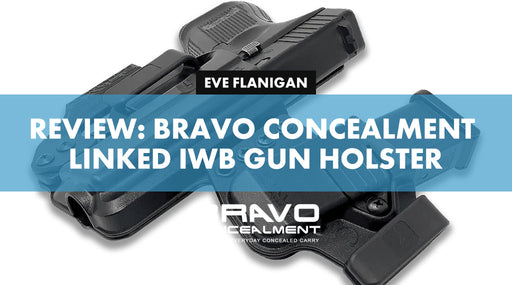
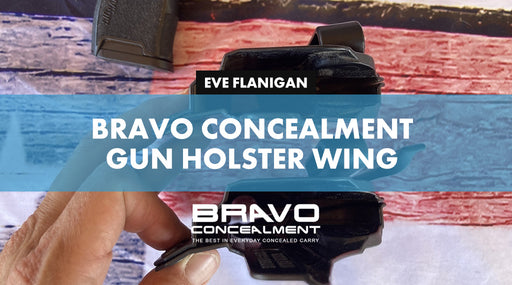
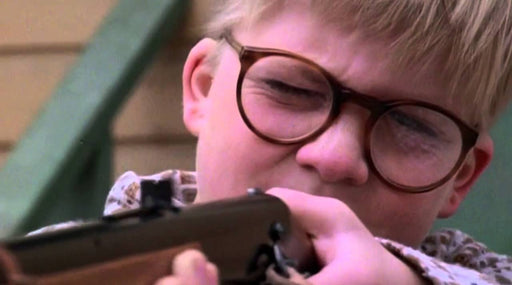
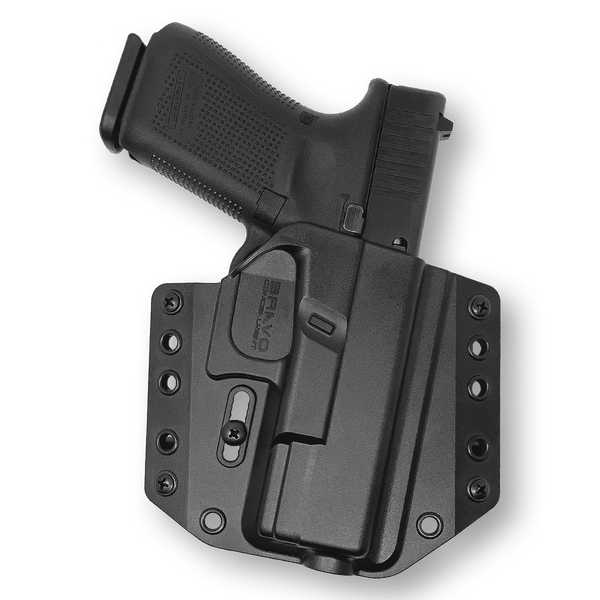
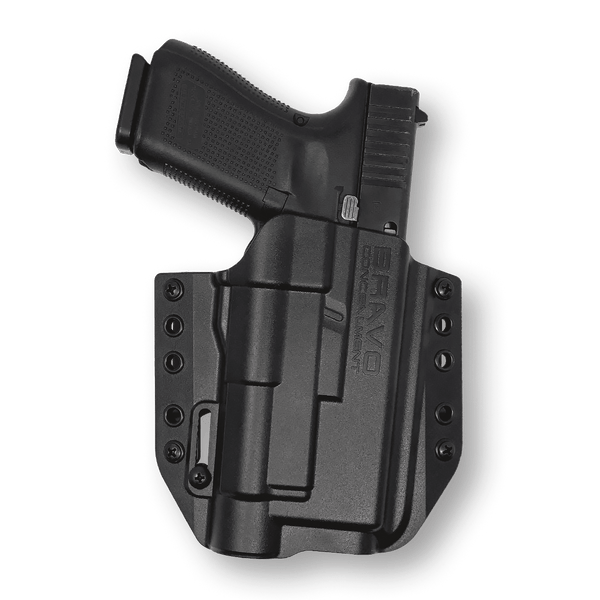
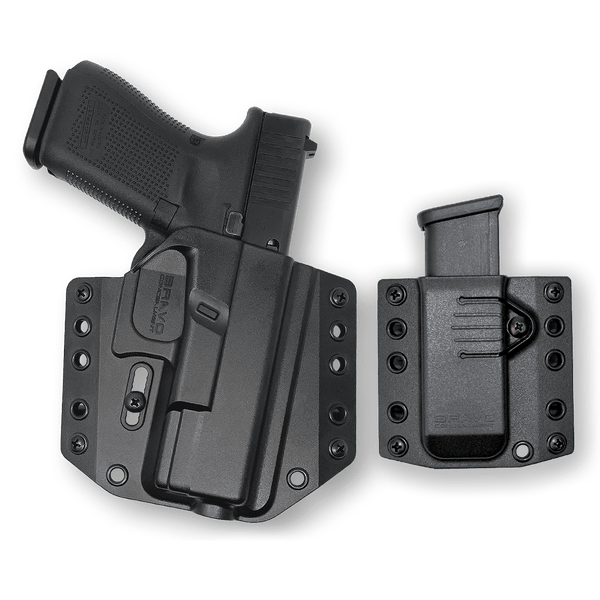

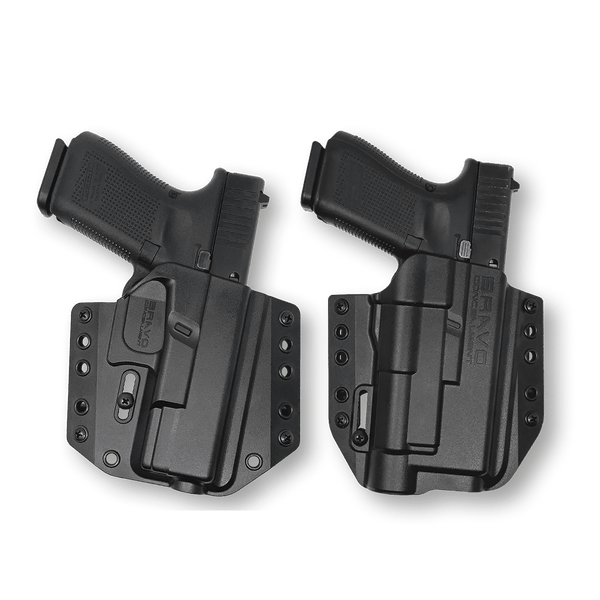
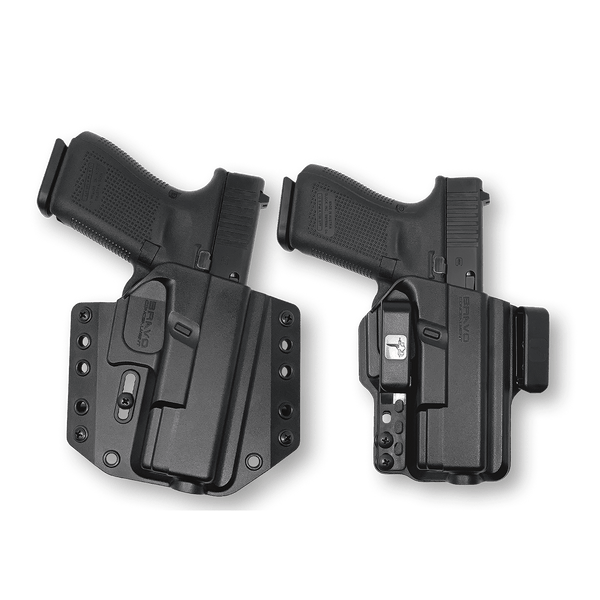
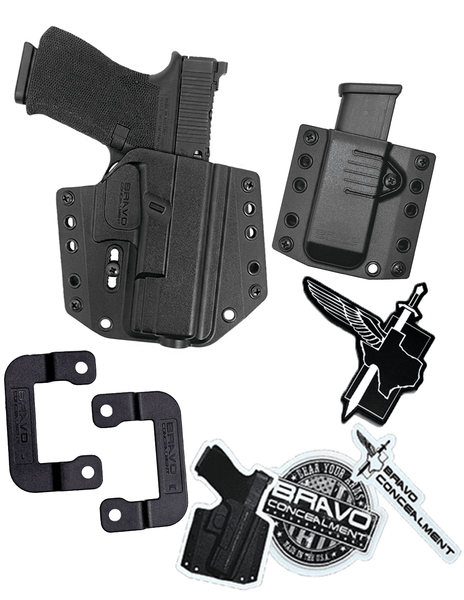
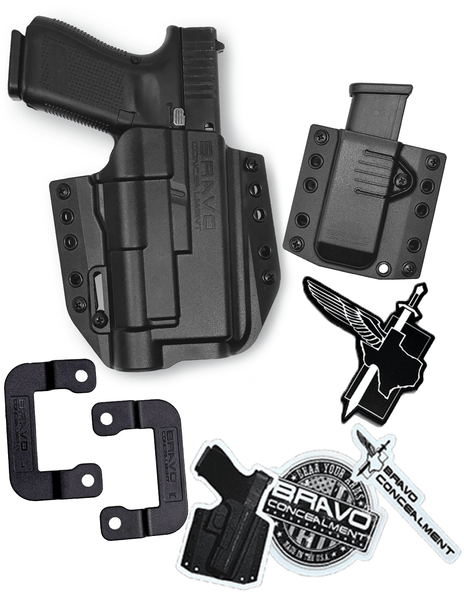
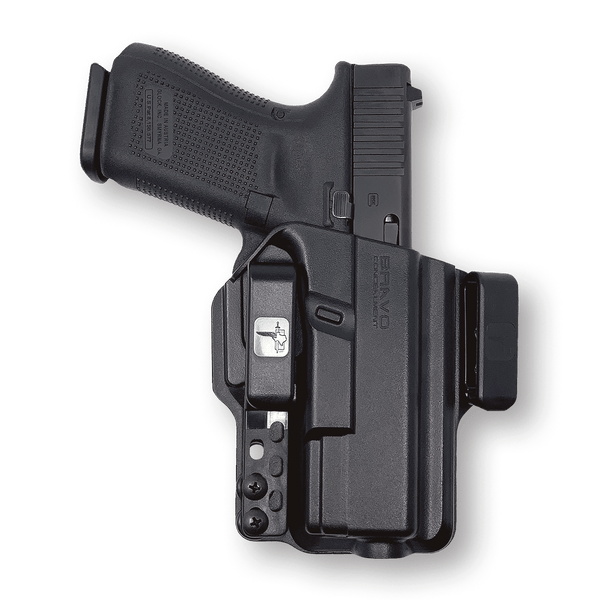
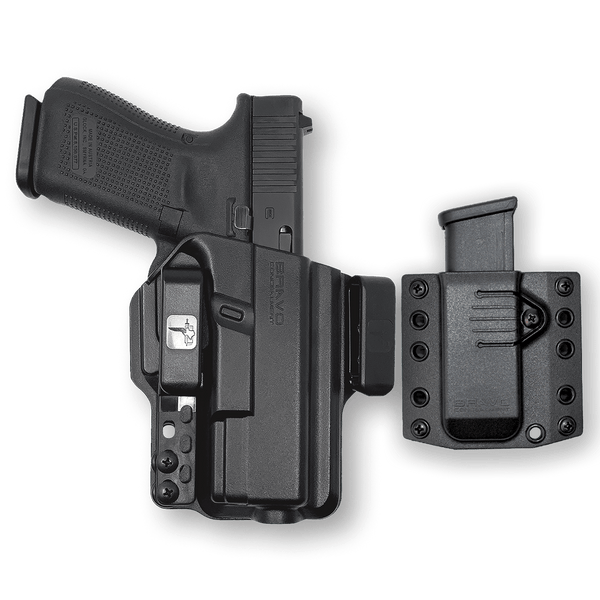
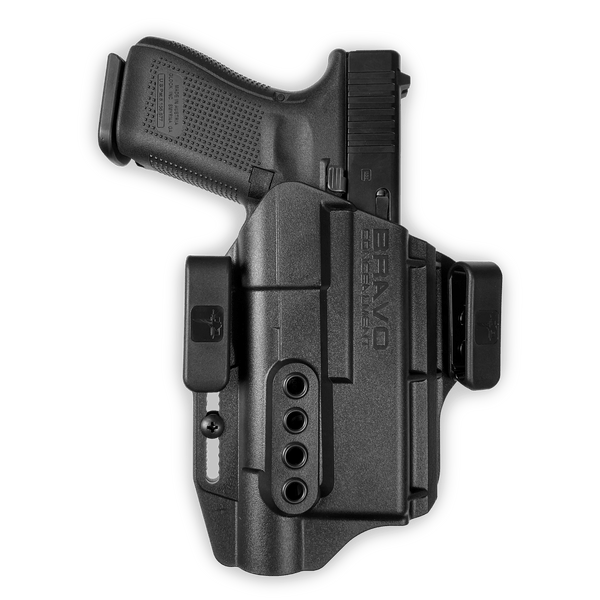
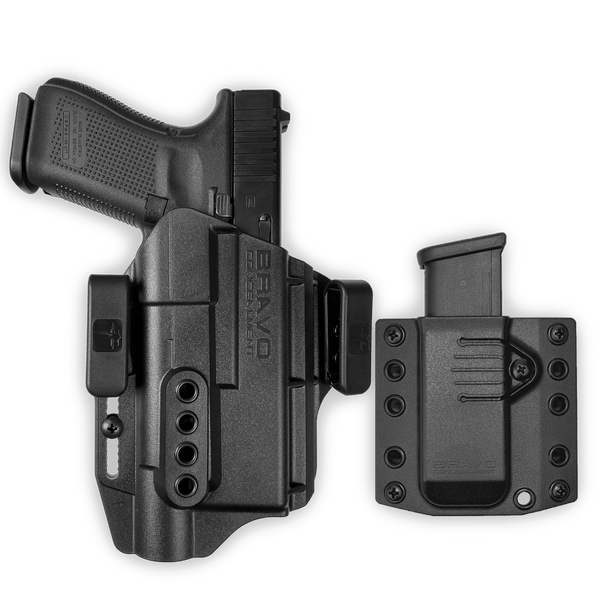
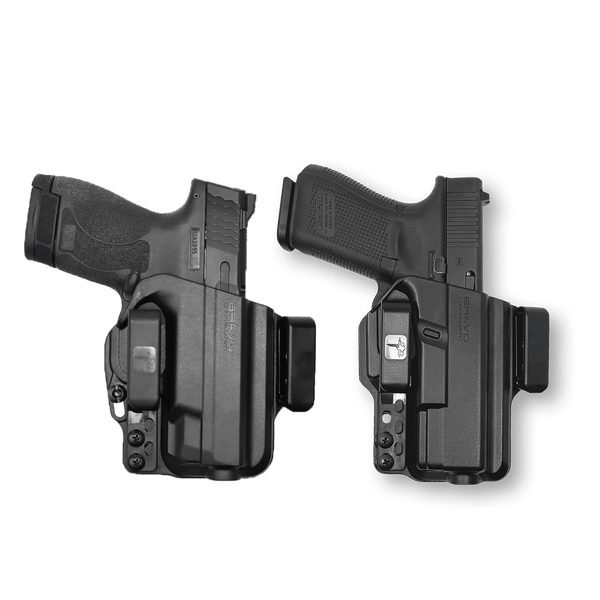
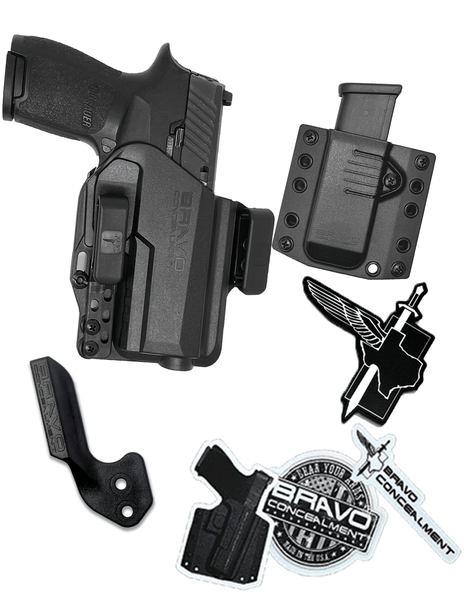

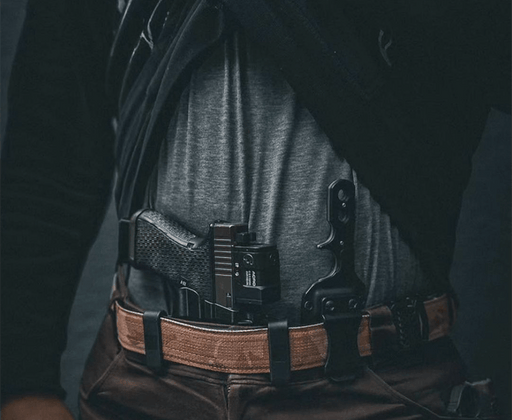
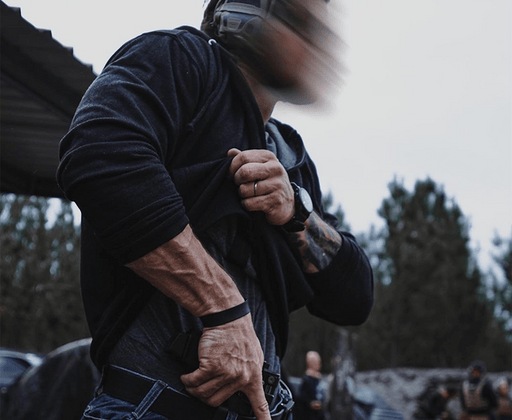
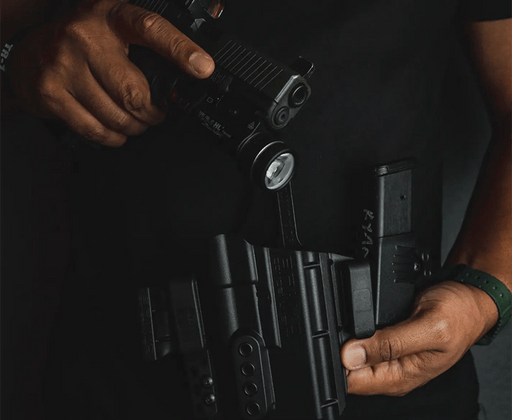
Leave a comment
1 comment
I have arthritis in my hands and can’t break down my glock 10 mm and .45 so I’m letting them go . I wish they made a clip that went over the gun to push the pins down on either side.until them I’m staying with my 1911s.